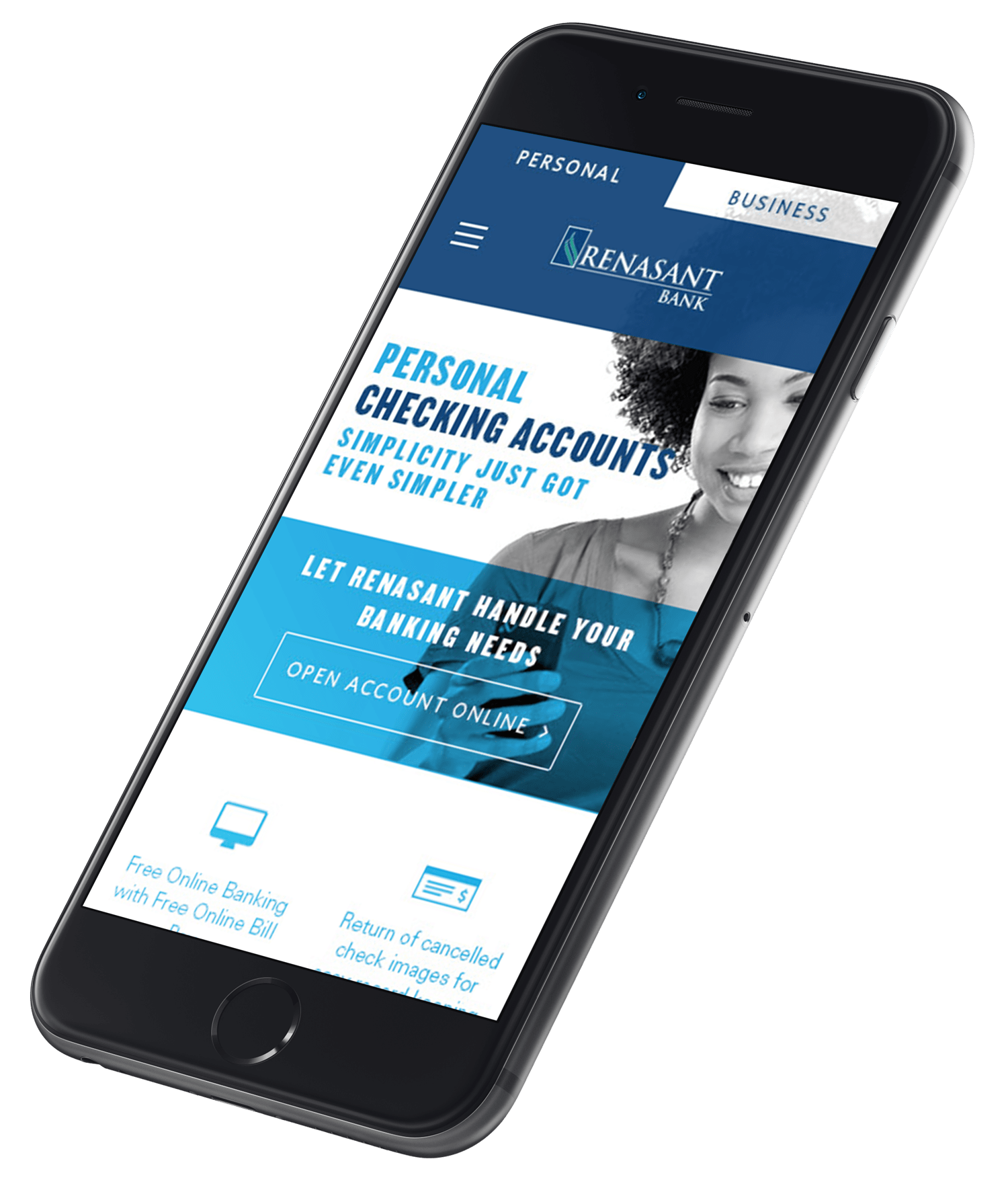I’ve worked with a lot of incredible creatives. Once I work with a fellow who stands out as a verbal processor. We’ll call him Stephen.
“Stephen, the client needs to include their e-commerce store in their new website,” I’ll say. “Is that something you can do relatively easily?”
“I don’t see why not,” he always replies with confidence. Then there is a pause. I would say it’s a silent pause if I couldn’t so clearly hear the gears turning in his head. “Unless their third-party provider’s API isn’t compatible with…”
I would usually space out for 15 minutes here as he worked out a solution, “…but you know what, I’ll just rewrite this one page and then it should work.”
I don’t need to know how Stephen would fix the problem because he always finds a way. In fact, I don’t care to know the technical side of his solution. I pay him so I can use my brainpower on other things, and I appreciate his solutions even more when I don’t have to sweat the specifics.
Your customer is the same way.
The marketplace exists so we don’t have to do everything ourselves. Prices are generally set based on how much you value not doing something.
Yesterday, I paid $2.54 to not milk a cow. I would pay a lot more to not have to wake up at 5 a.m. and become acquainted with a cow’s underside. Believe it or not, I’ve done it, and I’m extremely glad that healthy competition has driven the price down for me so I don’t have to do it again.
I pay a lot more than that to not memorize the U.S. tax code. My CPA is charging for the price of a tax return, as well as the responsibility of simplifying his answers to my questions.
Your customer is paying you to handle it, whatever it is. There is a good reason Oscar Mayer doesn’t have a representative next to the hot-dog cooler at the grocery store, explaining their manufacturing process. No one wants to know how that sausage is made. We simply want to eat hot dogs.
One of the founding fathers of modern marketing, Harry McCann, operated under the philosophy that all good advertising is “Truth well told.”
We must tell our customers the truth, but we don’t need to tell them the whole truth all at once. If you find yourself explaining your business early in the sales process, you’ll definitely be answering questions no one is asking. You must find the most universal truths about what you do and develop language from there.
Before your staff ever hits the ground, establish language for your brand. Language is where we set ourselves apart from those around us. At my agency we’ve adapted “Truth well told,” for our own market: “Tell more people better.” This is our language, and it tells the story of what we do far better than a full explanation of our services and processes.
I’ve been working on this very process with a financial services company, and it can be the most exhausting aspect of establishing a brand, but it can also be the most rewarding.
This particular company provides many of the same services other financial advisers, CPAs and investment advisers provide. They help with taxes and asset management. They offer legacy planning and probate wills.
The difference is in the experience. Where a standard financial firm operates like a cafeteria, putting the precooked services you request on your tray, this company is a dietition and in-home chef. Its advisers look at your entire financial picture and develop actionable strategies.
They may offer green beans and baked potatoes like the cafeteria (financial adviser) down the street, but listing the individual food items would sell short their key benefit, which is that they handle it all.
Their language must speak of a whole financial solution and not the individual pieces. It must speak of this solution briefly and confidently. Why? Because that’s their brand, and any other language will attract a much different base of clients than the ones they set out to help.
What are the phrases your brand must say? Which words are forbidden?
Once language is established you can (and must) equip your staff with the right words to say. If you, your staff and your customers all speak the same language, the language will be shared. Now, when you’re selling a new client on your business, you’re no longer explaining, you’re referencing.




